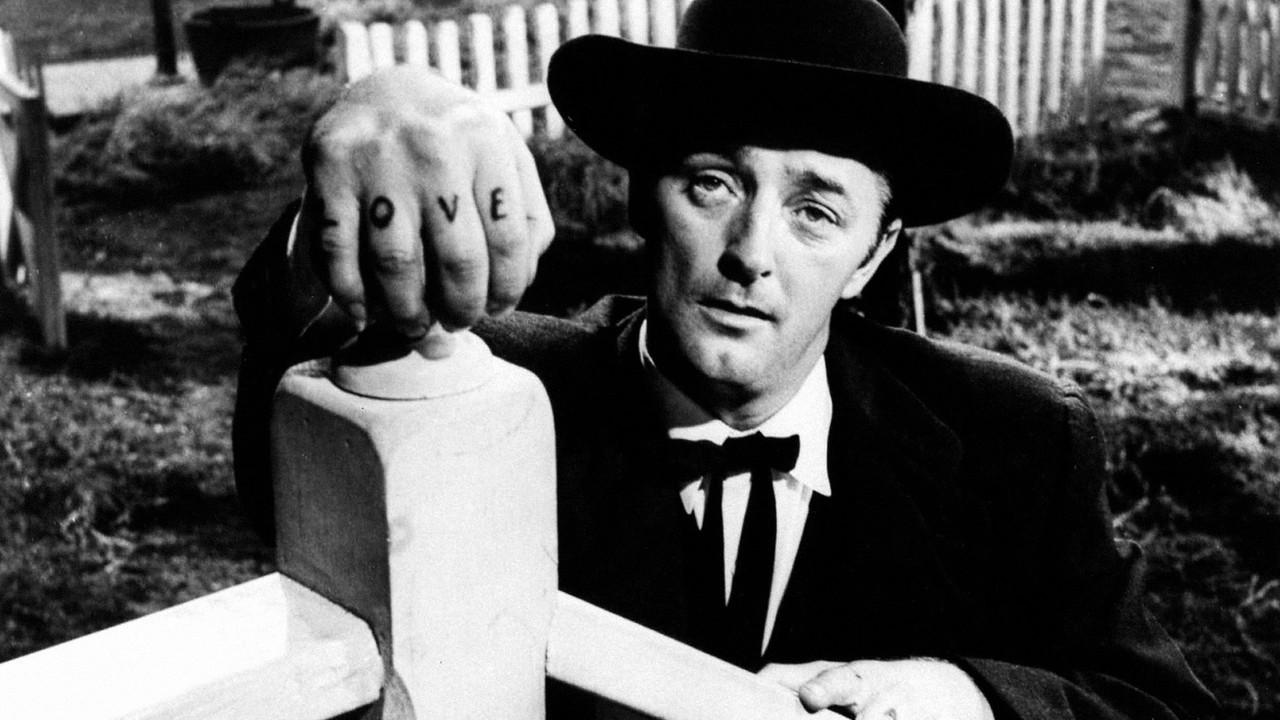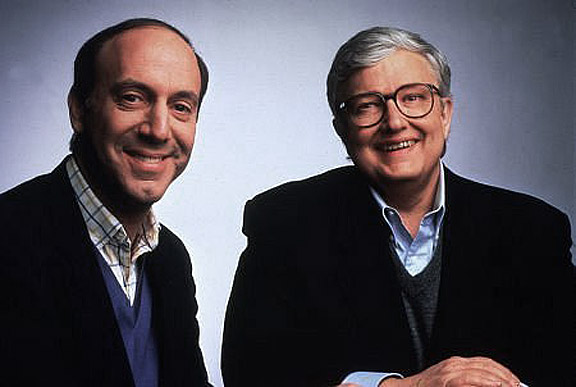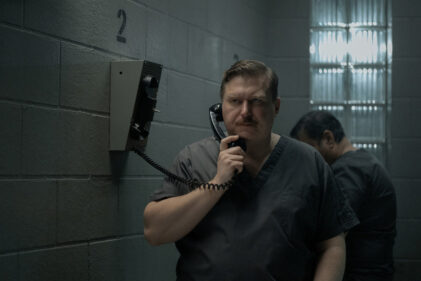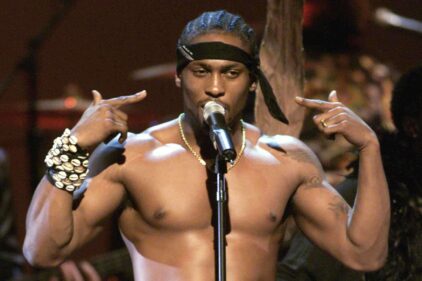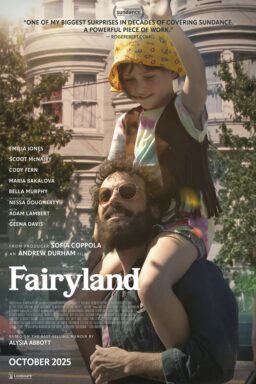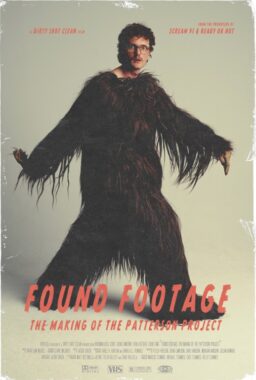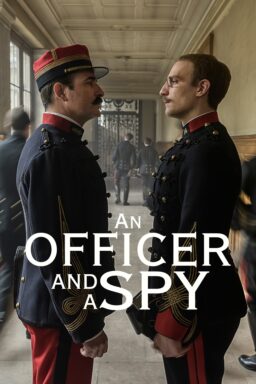In time for the holidays, we’re proud to present
another excerpt from “Rainer on Film: Thirty Years of Film Writing in a
Turbulent and Transformative Era” by Peter Rainer, which Richard Schickel
called “the finest collection of film criticism in recent years.” Pulitzer
finalist Peter Rainer, film critic for the Christian
Science Monitor, who has also written for the Los Angeles Times, the
Los Angeles Herald Examiner, New York magazine and other
publications, has made regular appearances on NPR to discuss film.
Buy “Rainer on Film:
Thirty Years of Film Writing in a Turbulent and Transformative Era” at Amazon.
The
Night of the Hunter
As a teenager in the late sixties, I first
saw “The Night of the Hunter” not inside the hushed precincts of a New York
revival house but, instead, on commercial-interrupted television. Wedged
between the hawking of wares, the film was still flabbergasting. Not only had I
never seen another film like it, I had never imagined anything like it.
Subsequently, in art houses and film societies, I gave myself an education in
the great movies of the past; the film’s visual influences—especially, and
quite consciously, D. W. Griffith, silent German Expressionism, and “The
Magnificent Ambersons”—became increasingly obvious. But one of the great
paradoxes of The Night of the Hunter, which is about a crazed preacher’s
pursuit of two young runaways in the Depression-era Ohio River backcountry, is
that it recalls so many other movies and yet is one-of-a-kind. Charles
Laughton, whose only directorial effort was this, tapped into the feeling tone
of Griffith’s pastoralism; he slipped inside the sinister, chiaroscuroed
lubricity of the early Lang and Murnau movies. He gave the aestheticism of
those movies a new lease on life and a new appalling comic tone, too—perhaps
the most disturbing and original aspect of “The Night of the Hunter” is how
deeply funny, in all senses of the word, this frightening story truly is. The
movie can be seen not only as a kind of summation of what came before but also as a forerunner of what would
come later, in the yin-yang tonal shifts and slapstick horror of such films as “The
Manchurian Candidate” and “Lolita” and “Bonnie and Clyde” (which is also set in
the Depression) and “Blue Velvet.” And so, we have another paradox: The movie
is both recipient of a tradition and precursor of a new one.
A big
reason “The Night of the Hunter” seems so fresh—even though it was shunned by
the public upon its release in 1955—is because it lacks the well-oiled sameness
of mood that even the most notable Hollywood movies of its time had. Its crazy
quilt emotionalism is much closer to how we experience the world now. Still,
the extreme mood swings in “The Night of the Hunter” have always disrupted
audiences, even its most fervid appreciators. The movie is amazingly soulful
and yet, unless you get the hang of it, it can be baffling. When I saw the film
at an evening tribute for its star, Robert Mitchum, not long before he died,
some in the audience howled in all the “wrong” places, convinced that the
preacher’s high dudgeon and Laughton’s storybook symbolism were flubs or, even
worse, put-ons. But the howls, if I’m not reading too much into them, also
carried an undercurrent of discomfort and perplexity. In the air that evening
was at least the grudging realization that “The Night of the Hunter” was no
ordinary movie, bad or otherwise. Those members of the audience who think
they’re smarter than this film always end up outsmarting themselves.
If you were to show “The Night of the
Hunter” to an audience of children, I suspect it might be more easily grasped
by them than by adults. It mixes the horrid and the peculiar in a way that kids
intuitively understand. The Davis Grubb novel on which the film is based is
highflown hillybilly Gothic, but Laughton recognized at its core the glowing
radium of a resonant tale. (The script is credited to James Agee, and certainly
the film is an emanation of his lifelong obsessions with myth and poverty and
Christianity and childhood abandonment, as well as his love for artists such as
Griffith; nevertheless, Laughton reportedly pared down or discarded much of
what Agee gave him and went back to the book, where most of the film’s
dialogue, and even some of its imagery, comes from, though virtually none of
its gallows humor*). No other American movie has so intimately resembled an
elaborate children’s fable as imagined by a child. The look of the film—shot
by Amberson’s Stanley Cortez—leaves the impression of something newly
imprinted, as if everything were being seen through the eyes of a rapt cherub
for the first time. There’s an exaggerated purity to the imagery. The film’s
terrors are epically black, the enchantments are transcendent, starlit.
Mitchum’s roving preacher, Harry Powell is a
false prophet whose falseness is instinctively sensed by children. (Most adults
are taken in by him). With L-O-V-E tattooed above his right knuckles, and
H-A-T-E tattooed above his left, Powell is a flagrant demon; his pocket
switchblade slices through his trousers when he’s aroused. (If there is such a
thing as Old Testament Freudian, Harry Powell personifies it). His nemesis is
Miss Rachel, played by Lillian Gish, a mother hen who scatters up foundlings
and runaways and brings them into her home. Rachel is as immaculate as Harry is
depraved; she lives by the Scriptures and knows them well enough to recognize
when they are being fouled.
And yet nothing is as simple as it seems in “The
Night of the Hunter”. The visuals are conceived in tones of jet black and pearl,
but the film is far from schematic: The darkness and the light are always bleeding
into each other. Rachel abhors Harry, but hearing him in the night intoning
“Leaning on the Everlasting Arms,” she joins in the singing even though she
sits inside her house with a rifle in her lap to defend her brood against him.
Harry is a trickster who seems to have entered into the story in order to test
the spiritual mettle of the pure-in-heart, and those not so pure-in-heart, too.
If the film has any literary antecedent, it would not be Davis Grubb’s book but
rather Melville’s The Confidence Man
or Twain’s The Man Who Corrupted
Hadleyburg, comic-horror texts with a sly, enraged comprehension of man’s
weakness and duplicity.
Serving time in a penitentiary at the start
of the film, Harry finds himself sharing a cell with Ben Harper (Peter Graves),
condemned to be executed for a robbery in which someone was killed. The stolen
cash, as Ben tells it, was meant to feed his wife Willa (Shelley Winters) and
their two children, Pearl (Sally Bruce), who is perhaps four or five, and John (Billy
Chapin), who is around ten. Try as he might, Harry can’t extract the hiding
place of the stolen money from Ben before he dies; but he makes it his
business, when he’s released from prison, to woo and marry Ben’s widow. He
loathes her wedding night advances and she loathes herself for having made
them. The shy, dutiful Willa vows to become the chaste woman Harry wants her to
be, but her face at the torch-lit revival meeting where she proclaims her sins
has a hideous carnal ferocity to it. (Perhaps this is the woman Harry wants).
Harry mesmerizes Willa into a brief life of terrible piety before finally
dispatching her. “The Night of the Hunter” expresses the sheer terror that men
can hold for women, and women for men. Willa and Harry are riven by more than
the secret of where the money is hid; they’re separated from each other by
something insuperably elemental between the sexes, a difference, in the movie’s
terms, almost of species. Harry’s murder of Willa occurs off camera, but we see
its aftermath: her submerged body resting in a rusted open convertible at the
bottom of the lake, her long hair streaming out in an undercurrent thick with
delicate water grass. It’s an image to place beside Shakespeare’s description
of the drowned Ophelia.
Harry loves the orotundity he gives his
syllables; there’s fire and brimstone in the breath. When John and Pearl,
stolen cash in tow, break away from him and race for the river, the low,
strangly yowl he lets out is both shockingly funny and hair-raising—a
bogeyman’s aria. The children’s flight from Harry, which ends with their rescue
by Rachel, is one of the most supernaturally eerie sequences ever filmed.
(Walter Schumann’s buoyant, infernal score sets the movie’s mood throughout).
The toy-like boat that carries them along the moonlit Ohio is framed in the
foreground by a succession of immense, looming close-ups of frogs and caged
birds and spider webs and a pair of shivering rabbits. This is the extended
sequence that makes some audiences groan, perhaps because it is so
grandiloquently obvious; but I think its greatness lies precisely in its
obviousness. Who, except curdled cynics, would reject the grandeur that comes
from such an enhanced symbolism, which is no different in kind, or in depth of
lyric feeling, from a fearful Bible story or a Grimm’s fairy tale?
Mitchum had his greatest role in “The
Night of the Hunter”, and it’s his finest performance. His cunning and his
torpor, which always carried a sadistic, sensual edge, achieve here a kind of
apotheosis. He’s more malevolently erotic in this film, with its storybook
homilies and bejeweled night skies, than in any of his hothouse melodramas. Sex—the
awareness of the temptations it can bring—etches through the imagery; it’s what
is held back and denied and still corrodes the screen. But it is the hatred of
sex—Harry’s hatred—that is the true corrosive in this film. He’s twisted by his
own abhorrence, and yet his writhings are a form of self-stimulation. Harry’s
consmanship works so well (for a time) with Willa and her townspeople because,
in their own way, they are just as aghast as Harry is at the pleasures of the
flesh—and just as drawn to them, too. The reason Harry has made such a success
of himself is because he shows up in a community ready-made for his handiwork.
Thus, the pastoralism of the Griffith films,
which this town evokes, is undercut by Laughton even as it is being
commemorated. He draws out the hysteria that was always present just below the
surface of these sanctified rural tableaux. (The hysteria comes from fearing
the loss of innocence). It makes poetic sense that Laughton would cast Lillian
Gish in “The Night of the Hunter”, not only because she was Griffith’s greatest
actress but also because, in such films as “Way Down East” and “Broken Blossoms”
and “Orphans of the Storm,” she expressed both the luminescence of her virginal
heroines and also their affrighted souls. In “The Night of the Hunter”, Rachel
may be the savior of these orphans of the storm, but there is also the
suggestion of a life once lived apart from the goodness she engenders. (She
speaks cryptically of her estrangement from her son). Rachel is a worthy
adversary for Harry because, one feels, her purity has already been tested. She
has seen enough of life to account for the Harry Powells of the world, while
Harry has no real conception of purity except as something he must annihilate.
And so, in a sense, the preacher is the true innocent in “The Night of the
Hunter”; the L-O-V-E- and H-A-T-E spelled out above his knuckles represent the
breadth of his existence. He’s untainted by complexity. Rachel, for all her
motherly chipperiness, sees things whole. The waifs she raises are her bulwark
against wickedness; she herself is a kind of idealized waif, gifted with
worldly wisdom. (Has any actress ever looked more youthfully beautiful in old
age than Lillian Gish?) Rachel proclaims
that children are man at his strongest, that they will abide and endure. It’s
an affirmation that is also a plea. She’s soliciting the fates for a reprieve
from horror. “The Night of the Hunter” is a fable that passes from darkness to
light, but we are left in no doubt that the wolf is forever at the door.
*Since this was written, Agee’s 293-page first-draft
screenplay, about double the size of the script published in Agee on Film,
Volume II, was found in a box in a Manhattan brownstone belonging to the Agee
family. As Jeffrey Couchman writes in his indispensible book “The Night of the
Hunter”: A Biography of a Film, “Yet however diffuse the first draft is, Agee
did the initial, difficult job of
‘cracking the book’—finding a
cinematic structure, scenes to dramatize with sound and image, and drawing
dialogue from Grubb’s third-person narrative. Although Laughton had to make
selections from Agee’s mass of material, the first draft provided him with an
overall plan—and many specific ideas – that guided him during revisions.”
Couchman argues for a shared credit between Agee and Laughton. Writing in
Written By, the magazine of the Writer’s Guild West, F. X. Feeney, who also read
the first draft and defends Agee’s sole screenplay credit, writes, “From start
to finish, what Agee gave Laughton is an ‘extended play’ version in prose of
the finished film.” Plans to publish Agee’s original script are apparently in
the works. I can’t wait.
©
2002 Peter Rainer
